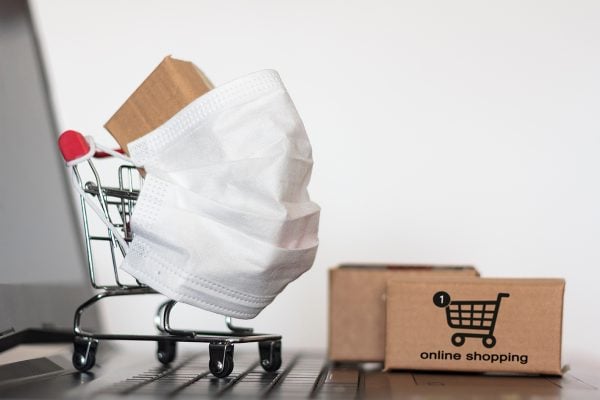The Government has published Coronavirus safer travel guidance, both for passengers and for transport operators.
Safer travel guidance on public transport
Unless you absolutely have to use public transport to get to work, the safer travel guidance is that you should avoid it like the plague (literally!) – going out for a jolly by train to Brighton on a sunny day really isn’t recommended.
When you do travel to work, safer travel guidance is that if you can walk, cycle, or drive in preference to public transport then you should do so even if it takes longer. However sometimes this simply isn’t possible for instance in London most people are forced to use the Underground or buses. If you do drive to work, don’t car pool – drive yourself to work and naturally wherever possible work from home. If you are driving, bear in mind that there may be considerably more bicyclists on the road.
If you do have to use public transport, plan ahead, have alternative routes in mind, buy tickets online or use contactless payments and travel during off-peak hours. Pick a route which limits the number of changes you need to make and try to board and leave transport at quieter stations where possible. Also bear in mind that with some seats out of use (for instance facing seats) you may have to watch a few buses or trains go past without stopping if they are at new lower capacity. There will naturally be more availability at the start of bus routes and you may find they are all full by the time they get to you.
You will also find you may be asked to queue or use different entrances and exits to those you normally would. This is because the biggest danger is when facing another person. If everyone is travelling in the same direction you won’t be bumping into anyone face to face.
Face coverings
There are some circumstances when wearing a face covering may be marginally beneficial as a precautionary measure. The Government says in documents released today that the evidence suggests that wearing a face covering does not protect you, but it may protect others if you are infected but have not yet developed symptoms. It is optional that you wear one on public transport but it’s going to be kind of expected. However judging by the Underground today hardly anyone is bothering thus far.
How employers can help employees with safer travel guidance
Advice for employers includes Staggering arrival and departure times at work where possible to reduce crowding on routes to and from the workplace. As far as possible, where workers are split into teams or shift groups, fixing these teams or shift groups so that where contact is unavoidable, this happens between the same people. Where shift patterns are not already in place, consider introducing these to enable more workers to work during a 24-hour period while having as few workers as possible on-site at any one time.
More than anything, the best advice for those travelling to work and for employers is to limit people in your premises with home working where possible. Critical is anyone who has symptoms that could indicate Coronavirus should self-isolate at home.









